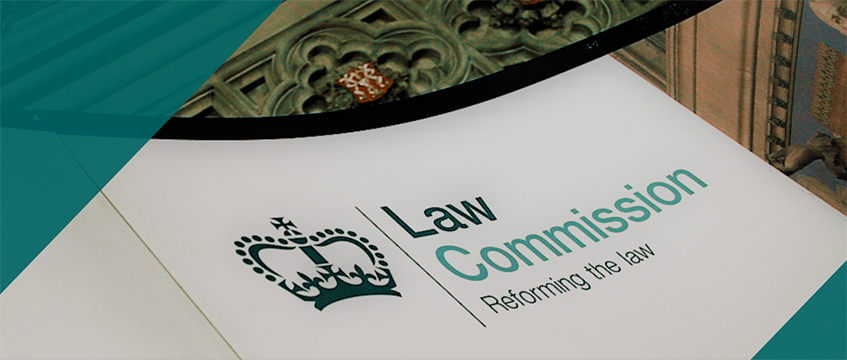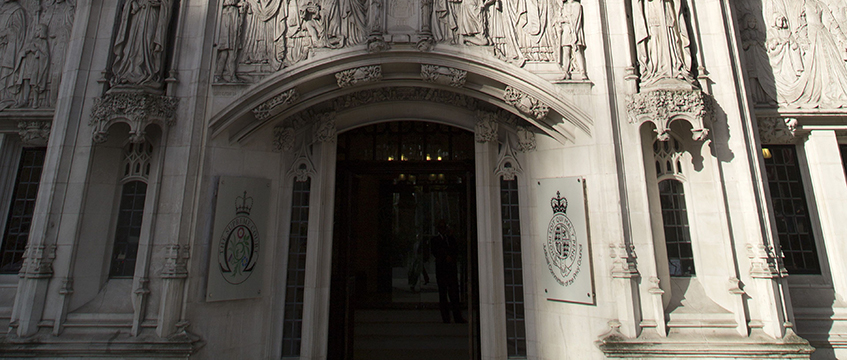In January, the First-tier Tribunal handed down its decision in relation to an application for a remediation order in respect of The Central, 163-165 Iverson Road, NW6 (LON/00AG/BSA/2024/008).
In granting the order, the FTT further expanded the jurisprudence in this area of law. The conclusion arrived at should be noted as it has potentially far-reaching consequences and implications for policies of insurance taken out by new-build homeowners.
Background
There was no dispute that The Central was a relevant building for the purposes of the Building Safety Act 2022. The landlord had purchased the freehold in 2017, before the tragic events at Grenfell Tower, and had not been the original developer. Before the coming into force of the 2022 Act, fire safety defects were identified by the landlord itself, and thereafter negotiations began with the lessees as to how best to undertake the works. At that point, Schedule 8 of the Act had not been implemented and the contractual requirements of the lease required the lessees to pay for any remedial works through the service charge.
The local authority issued an improvement notice in June 2020, but, alive to the implications that the lessees might ultimately end up paying for the remediation, did not enforce that notice when the time limits expired. As such, there was no dispute that the building was blighted with “relevant defects” for the purpose of the 2022 Act.
The insurance
The lessees were each individually beneficiaries of Premier Guarantee New Homes Warranties. They were insured for a limited period against defects in their properties, and for a slightly longer period against structural issues caused by what the policy refers to as “major defects”.
The developer also appointed Premier Guarantee Surveyors Ltd as the approved inspector for the property during the construction phase, which involved the conduct of regular inspections of the works between March 2014 and 2016, and the signing off of practical completion.
As a consequence of the developer appointing PGSL, the purchasers benefited from additional cover under section 3.5 of the New Homes Warranty. Thus, to put it simply, because the insurer, also provided the building control services, the defects warranty covered more issues than a simple normal new-build warranty.
The additional cover included an indemnity against the cost of repairing, replacing or rectifying the property because it did not comply, at the time of construction, with Building Regulations in relation to (among other matters) fire safety.
In late 2020, AmTrust (Europe) Ltd, which underwrote the warranty, accepted liability under the policy, and accepted that at the time of construction the property did not comply with Building Regulations relating to fire safety. They accepted liability for the defects set out in the local authority’s improvement notice, and the preliminary stages of works had begun at the time the Act passed into law in April 2022.
The claim and the decision
The 2022 Act introduced the new remedy of a remediation order under section 123. By that section, an “interested person” (which includes lessees) can apply for an order that a relevant landlord remedies specified defects by a specified time. In April 2024, the lessees of The Central issued their application for a remediation order.
Ostensibly, this was a claim by a number of lessees against the freeholder (who it was accepted was the relevant landlord for the purposes of section 123) seeking an order that it remedies certain defects, including those covered by the local authority’s improvement notice. Of course, these were the same defects covered by the policy of insurance for which liability the landlord asserted had been admitted.
In reality, the insurers had entered into an agreement with the lessees. They would fund and bring the litigation in the lessees’ name, since insurers are not an “interested person” under the Act, so had no locus to bring the claim themselves. The benefit to the insurers was that, if successful, they would avoid paying out under the allegedly admitted claim.
Many of the issues were not in dispute before the FTT, but ultimately, the FTT rejected the primary submission of the landlord, which was that it would be wrong to exercise its discretion in favour of making an order, given the underlying actions of the insurer.
The tribunal rightly noted that, although there is no express discretionary test comparable to the “just and equitable” test for remediation contribution orders in section 124, the FTT does have a discretion notwithstanding the underlying jurisdictional threshold had been met – a conclusion supported and robustly arrived at in both sets of litigation involving Grey GR Ltd (the Vista Tower decision (CAM/26UH/HYI/2023/0003) and the Chocolate Box decision (CHI/00HN/HYI/2023/0008)). However, there was no further clarification on how this discretion manifests itself.
The liability of insurers
Of perhaps more interest to readers is the point argued by the insurers at the hearing. As with any policy of insurance, the New Homes Warranty in this case included a number of exclusion clauses. In relation to the financial limits of the policy, it stated: “the maximum the Underwriter will pay for any claim relating to Common Parts will be the amount that the Policyholder has a legal liability to contribute towards the cost of repairs, rectification or rebuilding works”.
The argument advanced by the insurers was that, since Schedule 8 of the 2022 Act meant in certain circumstances no service charge was payable – and, specifically in relation to cladding remediation, no service charge was payable – the amount the lessees had “a legal liability to contribute towards the costs” was zero, and as such, the policy did not have to pay out as a matter of proper construction.
In this regard, the tribunal decided it did not need to make a decision. However, worryingly, it held: “On the issue of the insurers’ liability, we consider that this is not something that needs to be resolved in determining whether to make a remediation order. There would appear to be much force in [the] submission that the liability under the policy no longer arises by virtue of schedule 8 to the 2022 Act. However, this raises an awkward question for Amtrust in the present case given that the defects were known about and a claim was made under the policy, which was accepted (at least in part), two years prior to the 2022 Act coming into force.”
The implications of this seem obvious. Insurers will now seek to avoid liability on any policy of insurance that contains an exclusion clause where the sums due are referenced to the insured’s liability to pay, on the basis the 2022 Act has extinguished any liability to pay.
The arguments raised by the respondent against this were that (a) on a proper construction of the warranty, legal liability remained irrespective of Schedule 8; and (b) it cannot have been the intention of parliament to avoid third party contracts of insurance when Schedule 8 was implemented. Indeed, the reference to insurers liability in different sections of the 2022 Act, such as section 133(4), makes that clear. These arguments however were not considered.
If this position is correct, it leads to some unusual outcomes. In certain circumstances, qualifying lessees may no longer have a liability to pay and therefore lose their entitlement to insurance, whereas non-qualifying lessees retain an obligation to pay and therefore continue to benefit from their insurance protection. Thus, different tenants who entered into the same policy, within the same block, at the same time, with the same risk, because they have different status in the 2022 Act which had not even come into force at the time, have differing entitlements to rely on the same warranty. Further, insurers that have accepted liability for defects may be entitled to resile from that admission.
While some may say the purpose of insurance is to step in only when there is loss, this overlooks the fact the premium was calculated at a period when this risk existed and, as such, the insurers have accepted a premium from all lessees irrespective of status, and have in effect received a windfall from those qualifying lessees. Of course, since the respondent landlord had not been the developer, it had no recourse to the policy of insurance, only the lessees did, so without them enforcing the policy, the insurer escapes liability.
A further, and perhaps more troubling, consequence of this ruling is that it appears to have given carte blanche to insurers to either avoid or stop paying out on policies, and direct their resources to pursuing freeholders and landlords using the names of the lessees. Given the relative cheapness of litigation costs against the stifling costs associated with fire safety remediation, and the attitude of the FTT that the motivation for seeking redress of the remedies available under the 2022 Act is irrelevant, as is the issue of who ultimately pays for the works, we are undoubtedly going to see much more of this. The authors would argue that allowing insurers to avoid their contractual obligations was not the intention of the Act, and allowing such an outcome requires serious reconsideration.
Aaron Walder is a barrister at Landmark Chambers and Pauline Lam is a senior associate at Russell-Cooke LLP











